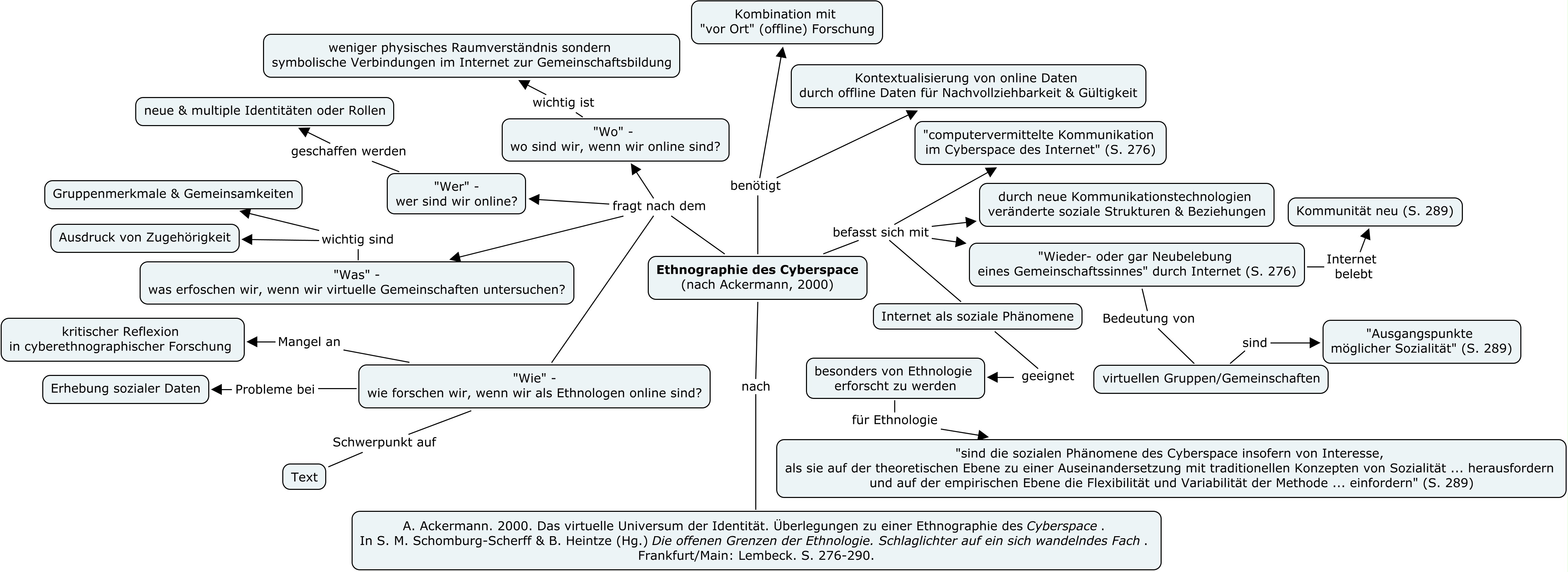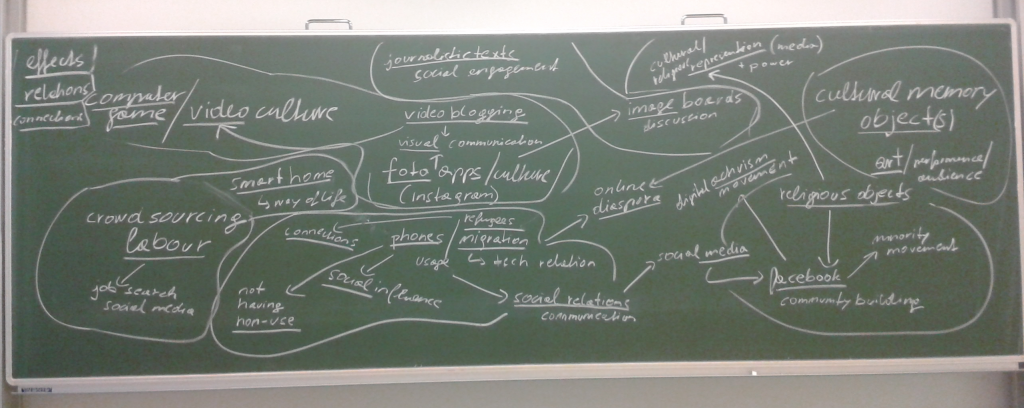Anthropologies of Media and Mobility: Theorizing movement and circulations across entangled fields
An International Workshop organized by the Anthropology and Mobility Network and the Media Anthropology Network (EASA) in collaboration with Locating Media (University Siegen) and a.r.t.e.s. Graduate School (University of Cologne)
University of Cologne, Germany
14-16 September 2017
This international workshop seeks to theorize the relationship between media and mobility. While mobility has been defined as movement ascribed with meaning, one might in similar fashion define media as meaning ascribed with movement. Interrogating the linkages between media and mobility can enable more thorough understandings of how various power structures produce, transform and reproduce social, material and discursive orders. People, devices, and data are increasingly on the move – movements that may transgress borders and boundaries, but which are also integral to the constitution and regulation of the barriers themselves. The movement of people triggers new imaginaries of territories and social spaces, which circulate through media, questioning and forging new ties between people, signs and things. More broadly, the mobilisation of tangible and intangible things demands a reconceptualization of what a ‘thing’ is, what constitutes the human, and what defines human collectivity. In such circumstances, reimagining circulations through the lens of media and mobility becomes an important step towards understanding current socio-cultural and political changes. While this lens has been applied broadly within anthropological research, its theoretical consequences merit further investigation and discussion.

